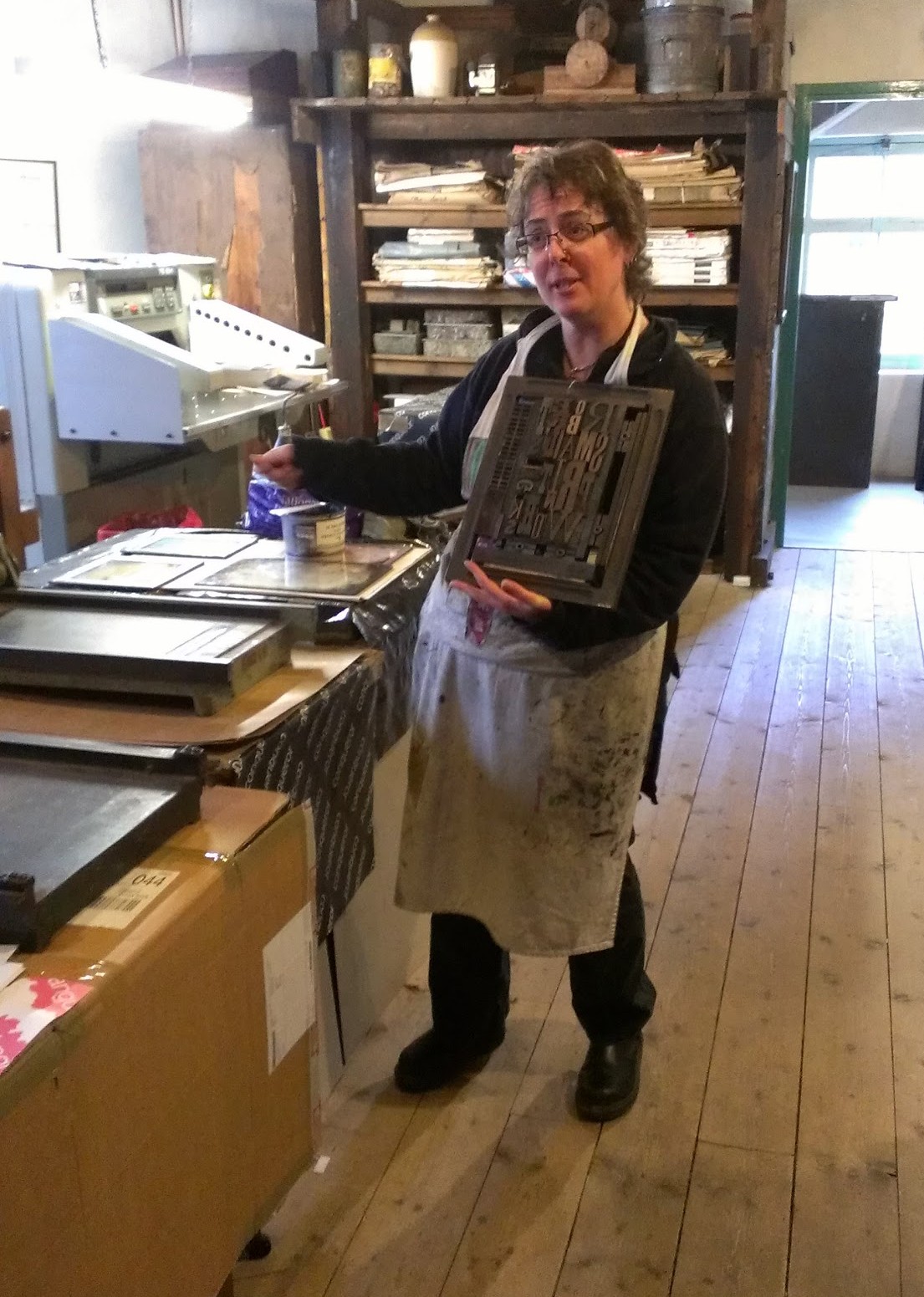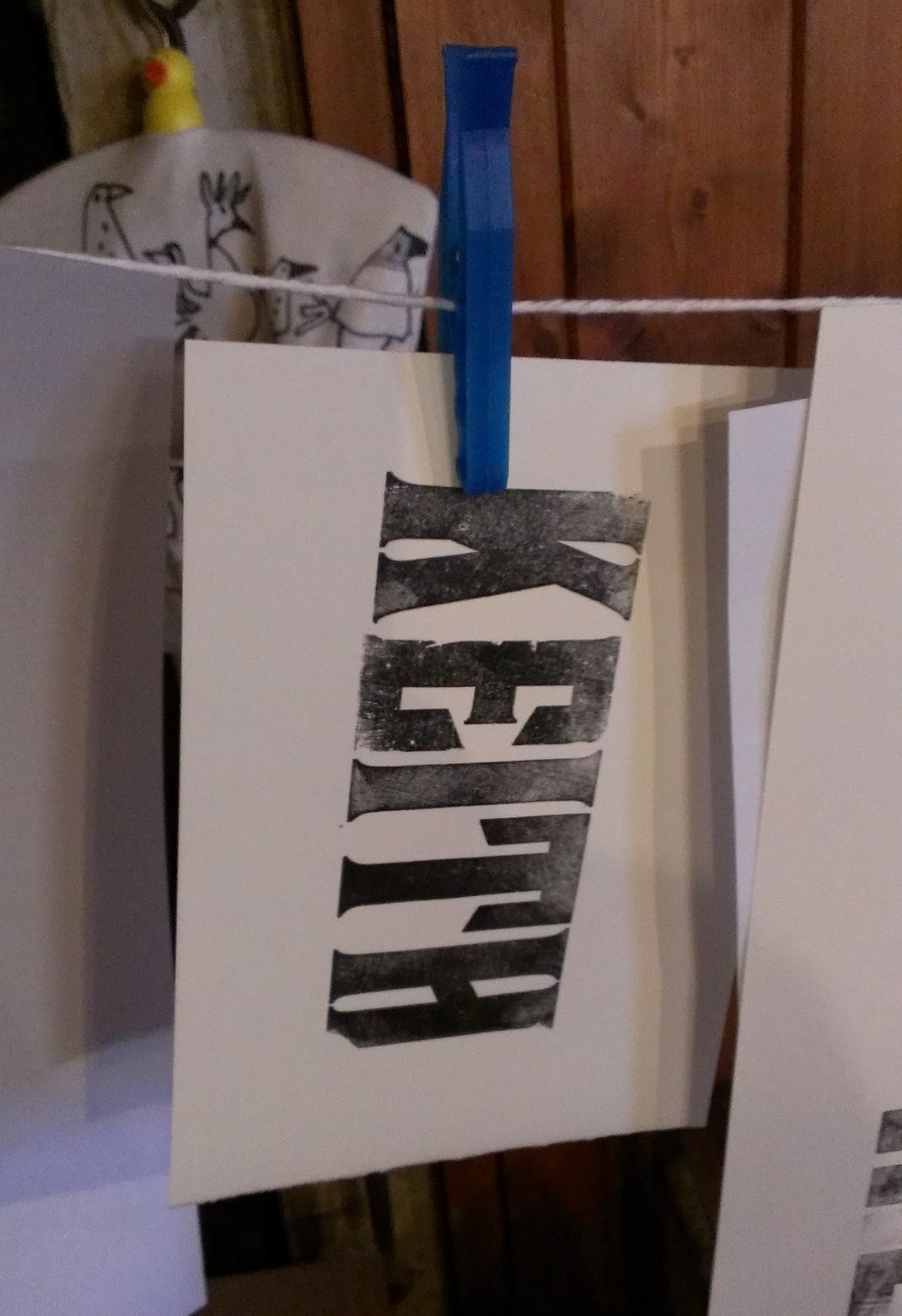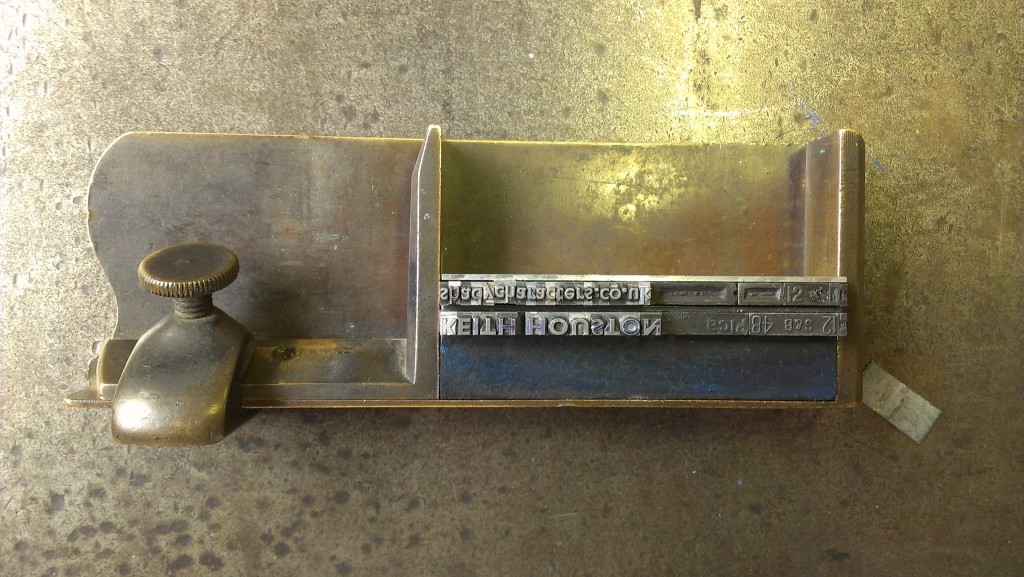
As mentioned previously, a couple of months ago my fiancée and I visited New York City. Not only had I never visited the city, but I was also eager to meet some of the people who have been involved, in one way or another, with the Shady Characters book.
The day after we arrived I had lunch with Brendan Curry, my editor, at a restaurant round the corner from W. W. Norton’s Fifth Avenue offices. It was great to meet him in person, and after learning a little more about those parts of the publishing process still to come, I’m more excited than ever about seeing the book in print. (Sadly, my imagined three-Martini lunch1 did not come to pass. Perhaps I should move into fiction.) Laurie, my agent, was unable to meet us – for now she remains but a voice on Skype and a reliably canny email correspondent – but later in the week we did manage to organise a meeting with a third and most vital contributor to the book: Penny Speckter. Penny is, of course, the widow of interrobang inventor Martin Speckter; we’ve been corresponding since I first started looking into unusual marks of punctuation back in 2009, and she has been a great source of help and encouragement. After a few emails to confirm arrangements we met at her apartment for drinks and then dinner at an Italian restaurant a short walk away.
I was a little anxious at the prospect of meeting someone with whom I had only ever communicated via email, but I needn’t have worried. It was a fantastic evening!
Penny’s living room was lined with shelves bearing books on printing, with tiny hand presses arrayed among them.† After a slightly surreal introduction (“Hello! I’m Keith, from the Internet”) we proceeded to chat for hours – so long, in fact, that we were late for dinner by a full hour. The miniature hand presses, Penny explained, came from Martin’s collection of printing presses; for years the Speckters had rented out the apartment opposite their own to house this collection of printing paraphernalia, naming it “the Bodoni apartment” in honour of the Italian Renaissance printer. Though I had read about this in a 2012 interview,2 what I hadn’t known was that the Speckters had once emplaced a mighty Columbian press there,3 its ton-and-a-half bulk placed carefully across beams in the floor, and had played host to a number of luminaries of twentieth century printing such as Hermann Zapf4 – Hermann Zapf! – and Steve Saxe.5
Penny insists that the secret to her longevity is a Scotch and soda every evening, but I suspect it’s more likely to be her sheer, irrepressible force of personality. She has travelled widely (her first two trips abroad were to China and Nepal respectively), and at 93 she is the secretary of the General Society of Mechanics and Tradesmen,6 a venerable New York institution that trains, supports and promotes the interests of skilled technical workers. Though she grumbled about the challenges of helping run the Society, she clearly has an enormous sense of civic duty and an enthusiasm for carrying it out.
We eventually made it to the restaurant, where we ate well and were turfed out gently as they closed for the night. Penny wouldn’t let us leave without some keepsakes, and we came away with a slip-cased copy of Martin’s book Disquisition on the Composing Stick7 and, to my continuing astonishment, a pair of the original interrobang sorts first cast for American Type Founders in 1967.‡ Though I’ve been writing about the interrobang for years, until that moment it had remained a sort of conceptual artefact, a grand idea never quite given form. And yet there in my hand was the evidence that Martin K. Speckter had somehow willed a new character into physical being – perhaps the last one we’re likely to see in this post-letterpress era. It was quite a revelation.
We thanked Penny profusely and walked the ten blocks or so back to the hotel. I can’t wait to visit again.
- 1.
-
“The Boredom of Boozeless Business”. The Economist.
- 2.
-
Maynard, Nora. “You Call That a Punctuation Mark?! The Interrobang Celebrates Its 50th Birthday”. The Millions, March 13, 2012.
- 3.
-
Knopp, Justin. “The Highly Ornamented Columbian Press”.
- 4.
-
“Hermann Zapf : 1968”. Type Directors Club, 2013.
- 5.
-
“Stephen O. Saxe”. Cooper Union, January 6, 2013.
- 6.
-
“Board of Governors”. Generalsociety.Org, January 6, 2013.
- 7.
-
Speckter, Martin K. “The Neglected Tool”. In Disquisition on the Composing Stick, 1-24. New York: Typophiles, 1971.
- *
- I mentioned Agent, Action, and Reason once before on Shady Characters; sadly, having received it in the mail, I discover that it bears no information about its cover designer. ↢
- †
- Like the Adana I learned to use at Smail’s printing works, though much smaller. ↢
- ‡
- Penny’s own gold interrobang pin was cast from just such a sort. ↢




